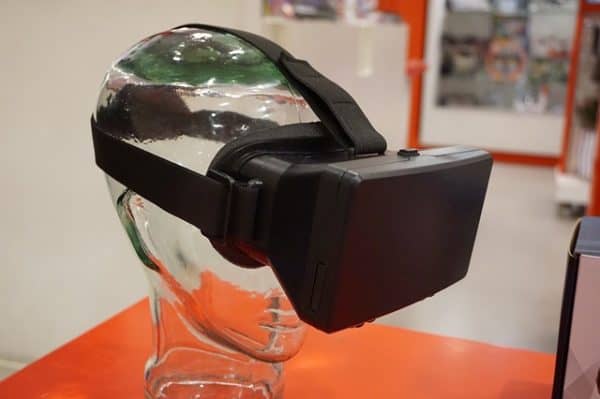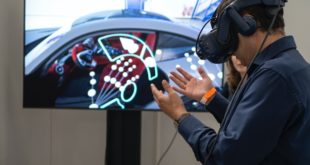
An augmented simulation headset is ahead-mounted gadget that gives computer generated reality to the wearer. VR headsets are generally utilized with PC recreations however they are likewise utilized in different applications, including test systems and mentors. They involve a stereoscopic head-mounted presentation (giving separate pictures to each eye), stereo sound, and head movement following sensors which may incorporate spinners, accelerometers, organized light systems, and so forth.Some VR headsets likewise have eye-following sensors and gaming controllers.
While from an experiential point of view we do comprehend the idea yet shouldn’t something be said about the specialized backend that goes into making everything conceivable? Do you truly realize how augmented reality functions? In this blog, let us comprehend the innovation behind augmented experience and the fundamental phrasing encompassing the advancement of a reproduced biological community for a head-mounted showcase (VR headset).
The essential subject of computer generated reality is reproducing the vision. Each headset intends to consummate their way to deal with making a vivid 3D condition. Each VR headset sets up a screen (or two – one for each eye) before eyes along these lines, dispensing with any communication with this present reality. Two self-adjust focal points are commonly put between the screen and the eyes that modify dependent on individual eye development and situating. The visuals on the screen are rendered either by utilizing a cell phone or HDMI link associated with a PC.
To make a genuinely vivid computer generated simulation there are sure requirements – an edge rate of least 60fps, a similarly equipped revive rate and least 100-degree field of view (FOV) (however 180 degrees is perfect). The edge rate is the rate at which the GPU can process the pictures every second, screen revive rate is the pace of the presentation to render pictures, and FOV is the degree to which the showcase can bolster eye and head development.
In the event that both of these don’t fill in according to the benchmarks the client can encounter idleness i.e. a lot of time hole between their activities and the reaction from the screen. The next thing is, requirement of the reaction to be under 20 milliseconds to trap the cerebrum which is accomplished by joining all the above elements in the correct extent. Another issue that should be cooked here is to counteract tearing (cyber sickness) coming about because of the irregularity between the casing rate and invigorate rate. In the event that the GPU’s fps is more than the screen revive rate, the picture can end up contorted. To counter this issue, we limit the frame rate to the screen’s revive rate this done utilizing a tech called Vertical Sync (VSync).
Among the real headsets accessible today, Vive and Rift both have 110-degree FOVs, Google Cardboard has 90, the Gear VR has 96and the new Google Daydream presents to 120 degrees. Concerning outline rate, both HTC Vive and Oculus Rift accompany 90hz presentations, while the PlayStation VR offers a 60hz showcase.
 Gearfuse Technology, Science, Culture & More
Gearfuse Technology, Science, Culture & More


